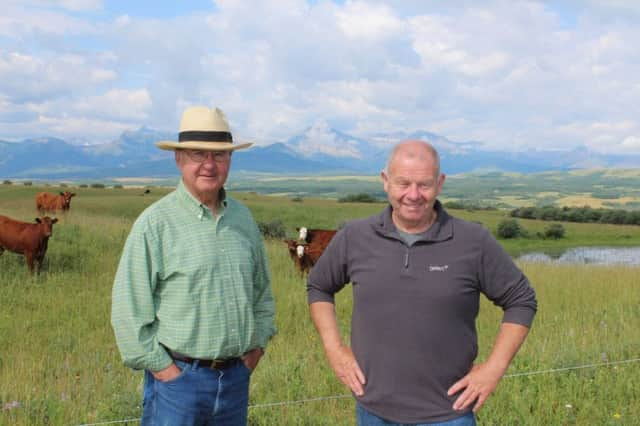Canadian visit proves beneficial for Meadow Farm


“We specialise in producing a range of high quality smoked chicken, turkey, duck, pork, and beef products,” said Foster. “This is a highly innovative sector of the food market with lots of new ideas coming to the fore, which are relevant to both retail and food service outlets. And I found that the same principle holds in Canada. Demand for smoked meats is growing internationally at the present time. And, obviously, Meadow farm Foods wants to capitalise on this potential.”
During his visit Foster had the opportunity to assess the range of smoking technologies used in Canada and how smoked meats are marketed within the retail and food service sectors. He was also a guest at the Scott Palmer ranch in Southern Alberta. The 22,000 ac spread is home to 700 organically certified Angus cows.
Advertisement
Advertisement
“Adding value is a key priority for Canada’s entire food industry,” he explained. “Certified Aberdeen Angus Beef ticks an important box in this regard, as does the commitment to organic production.
“Most of the calves reared on the Palmer ranch are currently sold as lumps at around 15 months of age. Moving forward, the plan is to finish a proportion of these animals at grass, before they reach 30 months of age.
“Again, grass fed beef is accepted by consumers in Canada as a higher quality meat than that produced from cattle finished in feed lots.”